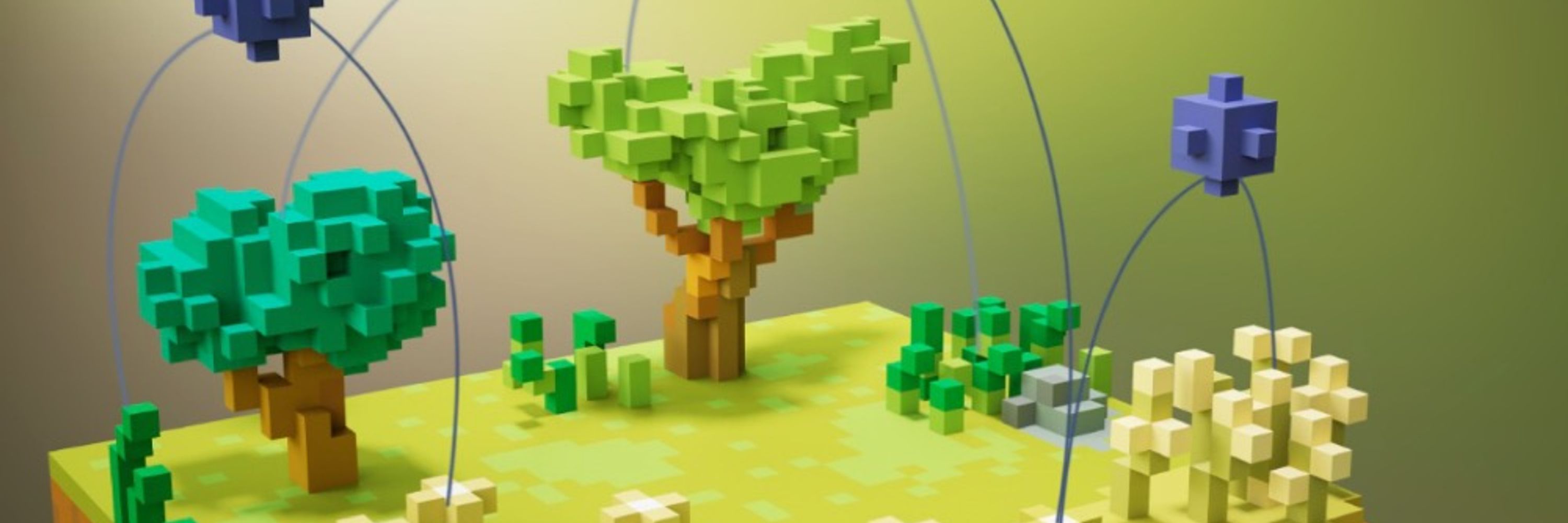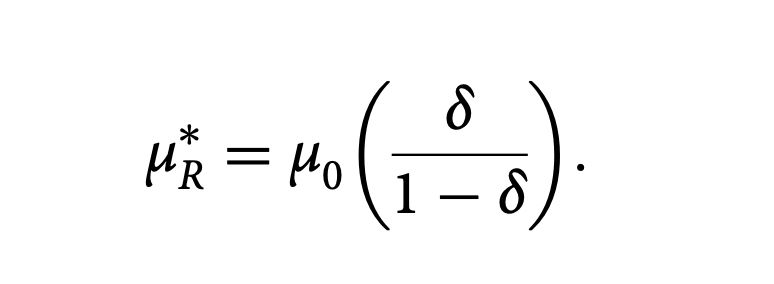
Sergi Valverde
@svalver.bsky.social
#ComplexSystems scientist. Institute of Evolutionary Biology @csic.es, Barcelona| DySOC-UTennessee, Knoxville | ECLT, Venice. Girl dad. He/him.
Lab: svalver.github.io
#EvoBio #CultEvo #ExtendedBiology #hypergraphs
Lab: svalver.github.io
#EvoBio #CultEvo #ExtendedBiology #hypergraphs
November 9, 2025 at 7:56 PM
Thanks so much, Andrej! That means a lot. The connection to Bretskyan hierarchy is spot on. Both artificial and natural innovation seem to unfold through nested levels of organization — from individuals to regions and continents. Maybe we’re seeing a kind of cultural macroevolution in patent space 😉
November 4, 2025 at 4:34 PM
Thanks so much, Andrej! That means a lot. The connection to Bretskyan hierarchy is spot on. Both artificial and natural innovation seem to unfold through nested levels of organization — from individuals to regions and continents. Maybe we’re seeing a kind of cultural macroevolution in patent space 😉
Right — even the “geniuses” are standing on networks, not just shoulders!
November 4, 2025 at 12:16 PM
Right — even the “geniuses” are standing on networks, not just shoulders!
In fact, our results show that the spatial distribution of inventors is fractal—it can’t be reduced to a few hubs like Silicon Valley. Innovation is a collective process that unfolds across time and scales, far beyond the actions of a few self-selected “geniuses.”
November 4, 2025 at 9:51 AM
In fact, our results show that the spatial distribution of inventors is fractal—it can’t be reduced to a few hubs like Silicon Valley. Innovation is a collective process that unfolds across time and scales, far beyond the actions of a few self-selected “geniuses.”
That’s totally fair, and I get why it’s sensitive. I’m a scientist, not a supporter of Quant—or any other—dogma. We can’t replace people with data or numbers. My hope with our study is simply to help bridge that gap, not widen it.
November 4, 2025 at 9:51 AM
That’s totally fair, and I get why it’s sensitive. I’m a scientist, not a supporter of Quant—or any other—dogma. We can’t replace people with data or numbers. My hope with our study is simply to help bridge that gap, not widen it.
November 3, 2025 at 5:05 PM
The journey to publish this research has been (far too) long. I'd like to thank my coauthors, @sduran-nebreda.bsky.social , @blaividiella.bsky.social , Alex Bentley
, for their years of hard work; without them, this study would not have been completed. Thank you!
, for their years of hard work; without them, this study would not have been completed. Thank you!
November 3, 2025 at 5:05 PM
The journey to publish this research has been (far too) long. I'd like to thank my coauthors, @sduran-nebreda.bsky.social , @blaividiella.bsky.social , Alex Bentley
, for their years of hard work; without them, this study would not have been completed. Thank you!
, for their years of hard work; without them, this study would not have been completed. Thank you!
🔗Read the full paper in npj Complexity:
“Fractal clusters and urban scaling shape spatial inequality in U.S. patenting”
nature.com/articles/s44...
💾The code and datasets are publicly available:
doi.org/10.5281/zeno...
“Fractal clusters and urban scaling shape spatial inequality in U.S. patenting”
nature.com/articles/s44...
💾The code and datasets are publicly available:
doi.org/10.5281/zeno...

Fractal clusters and urban scaling shape spatial inequality in U.S. patenting - npj Complexity
npj Complexity - Fractal clusters and urban scaling shape spatial inequality in U.S. patenting
nature.com
November 3, 2025 at 5:05 PM
🔗Read the full paper in npj Complexity:
“Fractal clusters and urban scaling shape spatial inequality in U.S. patenting”
nature.com/articles/s44...
💾The code and datasets are publicly available:
doi.org/10.5281/zeno...
“Fractal clusters and urban scaling shape spatial inequality in U.S. patenting”
nature.com/articles/s44...
💾The code and datasets are publicly available:
doi.org/10.5281/zeno...
Our results point out the need for multi-scale diagnostics, such as coefficients of variation at different distances, rather than relying on single-exponent scaling laws.
November 3, 2025 at 5:05 PM
Our results point out the need for multi-scale diagnostics, such as coefficients of variation at different distances, rather than relying on single-exponent scaling laws.
Instead, investments should prioritize connectivity within 20 kilometers, where there is better transit, dense meeting places, campus clustering, and cross-core bridges. Broadening participation may result in lower per capita intensity, but it engages more communities.
November 3, 2025 at 5:05 PM
Instead, investments should prioritize connectivity within 20 kilometers, where there is better transit, dense meeting places, campus clustering, and cross-core bridges. Broadening participation may result in lower per capita intensity, but it engages more communities.
Understanding this balance may be critical to developing more equitable innovation systems. Increasing population density in metropolitan areas does not automatically boost innovation.
November 3, 2025 at 5:05 PM
Understanding this balance may be critical to developing more equitable innovation systems. Increasing population density in metropolitan areas does not automatically boost innovation.
The model predicts the characteristic scale R* at which patenting inequality peaks and then declines. This "inequality horizon" occurs when agglomeration and diffusion are balanced--an emergent property of the model rather than an imposed constraint.

November 3, 2025 at 5:05 PM
The model predicts the characteristic scale R* at which patenting inequality peaks and then declines. This "inequality horizon" occurs when agglomeration and diffusion are balanced--an emergent property of the model rather than an imposed constraint.
A simple spatial model with only two rules: (1) local reinforcement (success promotes more innovation) and (2) long-distance diffusion (ideas and inventors can sometimes leap across space) replicates statistical patterns without relying on specific sectors or policies.

November 3, 2025 at 5:05 PM
A simple spatial model with only two rules: (1) local reinforcement (success promotes more innovation) and (2) long-distance diffusion (ideas and inventors can sometimes leap across space) replicates statistical patterns without relying on specific sectors or policies.
The rank-patent distribution appears to evolve with spatial scale. Within urban areas (3-4 km) the distribution resembles a two-regime Zipf law, with less inequality between high-productive locations. Patenting inequality becomes more pronounced at larger scales.

November 3, 2025 at 5:05 PM
The rank-patent distribution appears to evolve with spatial scale. Within urban areas (3-4 km) the distribution resembles a two-regime Zipf law, with less inequality between high-productive locations. Patenting inequality becomes more pronounced at larger scales.

